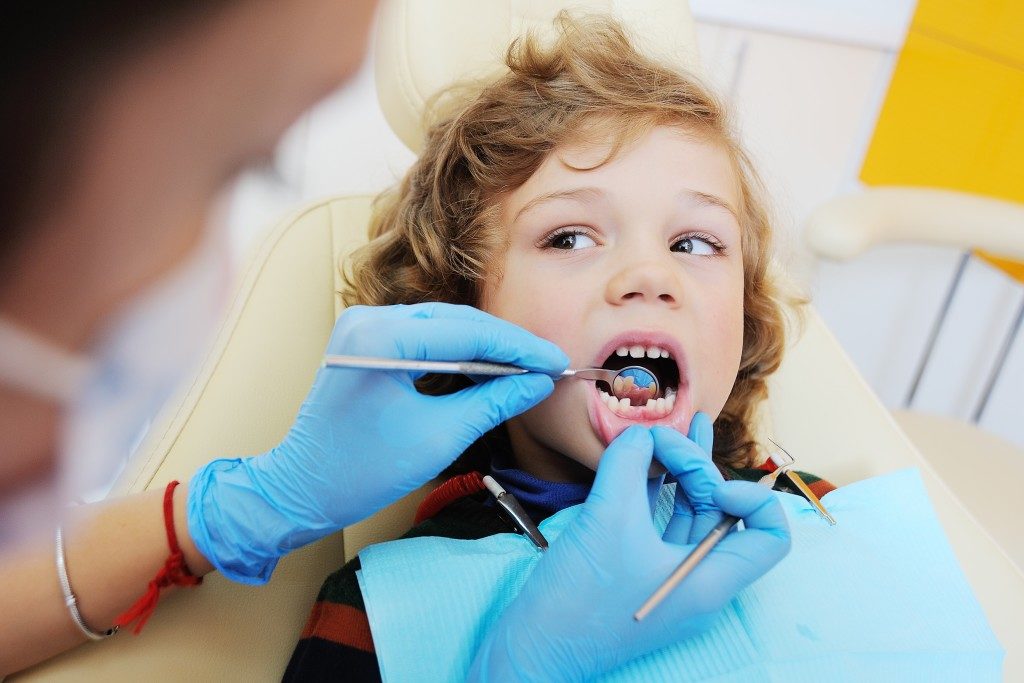A parent may have several reasons to put off a dental appointment for their child until the problem is severe and at times, needs an emergency procedure. One of the most common is a child’s anxiety of the dentist’s chair. This fear might, at times, be justified owing to the tools they see on the dentist’s table, stories they hear from friends and painful dental procedures from the past. Irrespective of the reason for your child’s apprehension, you need not postpone or ignore their routine dental care.
Today, medical methods are used to reduce a child’s anxiety when visiting the dentist. For example, a pediatric dentist in Lehi, Utah, will have multiple sedation alternatives to alleviate your child’s stress level and give a more relaxed treatment. Most parents currently prefer conscious sedation. This is used as an adjunct treatment to behavioral techniques that decrease anxiety rather than a replacement. In conscious sedation, a child can follow commands, answer questions and is relaxed and might not remember the procedure. Here are the common medications used for pediatric conscious sedation.
Nitrous Oxide Mixed With Oxygen
Nitrous oxide has sedative and anxiolytic properties with varying degrees of muscle relaxation and anesthesia. It affects the brain’s NMDA and GABA receptors. Nowadays, the oxygen/nitrous oxide delivery systems come with an oxygen fail-safe device. This will stop the nitrous oxide flow when oxygen flow stops to avert deep sedation. The drug does not irritate your child’s respiratory tract and has a rapid onset and quick recovery period. Nitrous oxide is nonetheless not used on children suffering from nasal blockage, common cold, porphyria or tonsillitis.
Benzodiazepines
These generate skeletal muscle relaxation, sedation and anxiolysis in pediatric patients. It also has respiratory depression, anterograde amnesia and anticonvulsant properties but no analgesic effect. There is a broad safety margin between the toxic and therapeutic doses of benzodiazepines and they have a rapid action onset. Midazolam is the typically used benzodiazepine in pediatric dentistry. It can be given as a sweetened syrup or rectal or oral tablet ten minutes before the procedure.
Ketamine

This is a dissociative agent that delivers amnesia, pain control, and sedation. Its primary benefit over other sedation drugs is its relative restricted respiratory effect and cardiovascular impact. To this end, ketamine can be safely used on kids with congenital heart conditions. The drug is administered intramuscularly or intravenously a few minutes before the procedure and recovery from its effects takes 30minutes to two hours.
Propofol
This is an emulsion that has a soy oil base for easy injection. Its half-life is 2-24 hours, and it is rapidly distributed in the child’s peripheral tissues. As such, its effects also wear off fast; typically within thirty minutes after its injection. Its rapid effect makes it only ideal for IV administration. The dentist can use a volatile anesthetic agent to avoid the struggle of getting IV access before the drug’s administration.
The above medications are all FDA-approved and thus safe for your child. They nonetheless should be administered by a certified dentist and in a dental office to guarantee their safety and appropriate interventions in case of any reactions. Your child’s comfort is thus assured irrespective of the length and complexity of the dental procedure.

